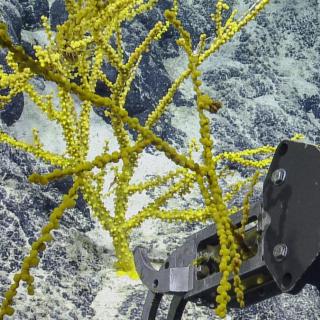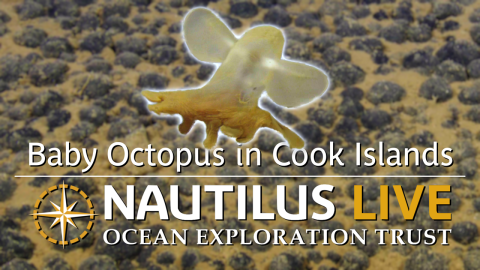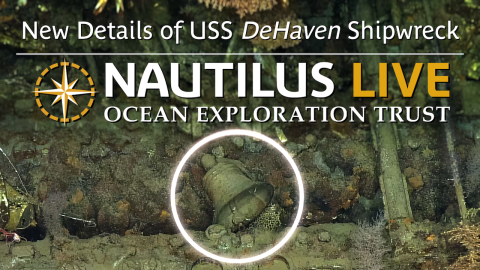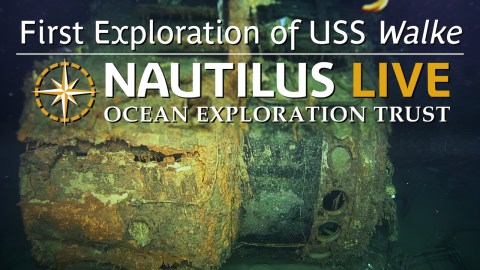Two Weeks of Diversity in the Central Pacific
Over the past two weeks, the E/V Nautilus has been exploring within and nearby the Pacific Remote Islands Marine National Monument and our team has been delighted with the diversity and brilliance of all the creatures we’ve seen on our dives. This highlight video includes glimpses of high-density sponge and coral communities featuring some wonderful critters. See if you can spot the three-foot-long deep red hydrozoid, brightly colored corals including Iridogorgia spiraled firework coral and the purple Victorgorgia alba octocoral, anemones like the long-tentacled Relicanthus daphneae and venus fly-trap, brotulas and bathysaurus fish, snake stars, deep-sea snails and worms, benthic ctenophores, and zoanthids galore!
At over 400,000 square miles, the monument surrounds seven low-lying islands and atolls, protected as National Wildlife Refuges. The total area of the monument is nearly five times the size of all the US National Parks COMBINED and nearly twice the size of the state of Texas. The monument includes 165 known seamounts that are hotspots of species abundance and diversity. It is one of the most pristine tropical marine environments in the world, and vulnerable to the impacts of climate change and ocean acidification.
Learn more about this expedition funded by NOAA Ocean Exploration via the Ocean Exploration Cooperative Institute.

Kingman Reef & Palmyra Atoll
The deep-water areas around Kingman Reef and Palmyra Atoll are within one of the largest marine protected areas in the world, the Pacific Remote Islands Marine National Monument (PRIMNM). Despite a growing number of expeditions to explore deep-sea environments of the PRIMNM, including a 2019 Nautilus expedition, many areas remain unexplored.



